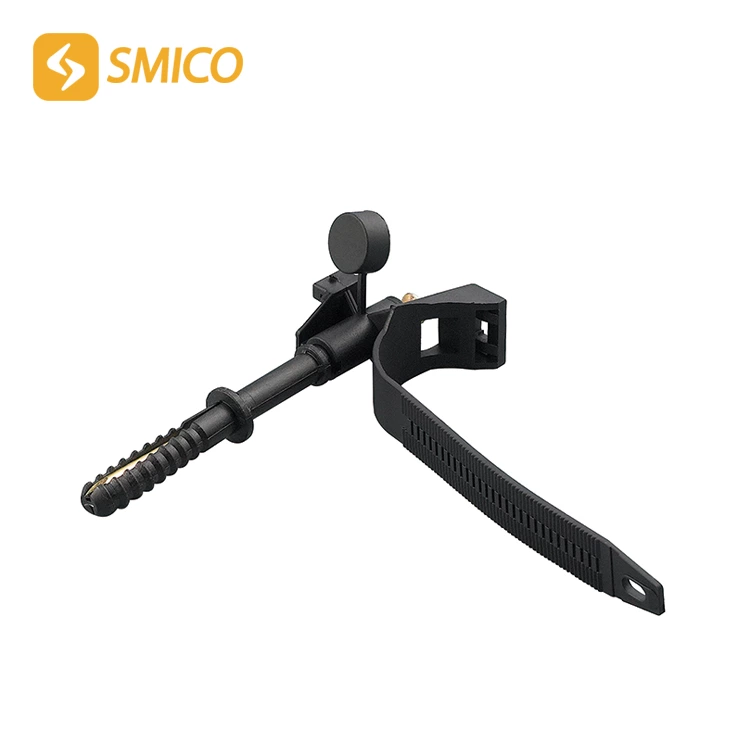Cable Tie And Method For Tying Objects Using The Same
stainless steel cable tie, comprising: a belt having a first end and a free end, the belt having a central inwardly protruding groove of a predetermined width for defining a thinned portion extending along the longitudinal axis of the belt toward the free end of the belt; a locking head metal zip ties connected to the first end of the belt, the locking head comprising an end wall, an inner wall and a side wall, metal cable ties for defining a belt receiving channel in the locking head, the belt receiving channel having a belt entry end, a belt exit end, and defining a channel width W1 between the end wall and the inner wall; a support guide extending from the inner wall of the locking head into the belt receiving channel, stainless steel zip ties and having a flange surface extending in the width direction of the belt receiving channel, the support guide again limiting the width of the belt receiving channel to W2 which is smaller than W1, the support guide having a width perpendicular to the width of the belt receiving channel which is smaller than the predetermined width of the inwardly protruding groove of the belt; and A metal locking device, steel cable ties, having a fixed end fixed in a locking device groove of an end wall of a locking head, and a free end located in a belt receiving channel, wherein the free end has a length L greater than W2.

